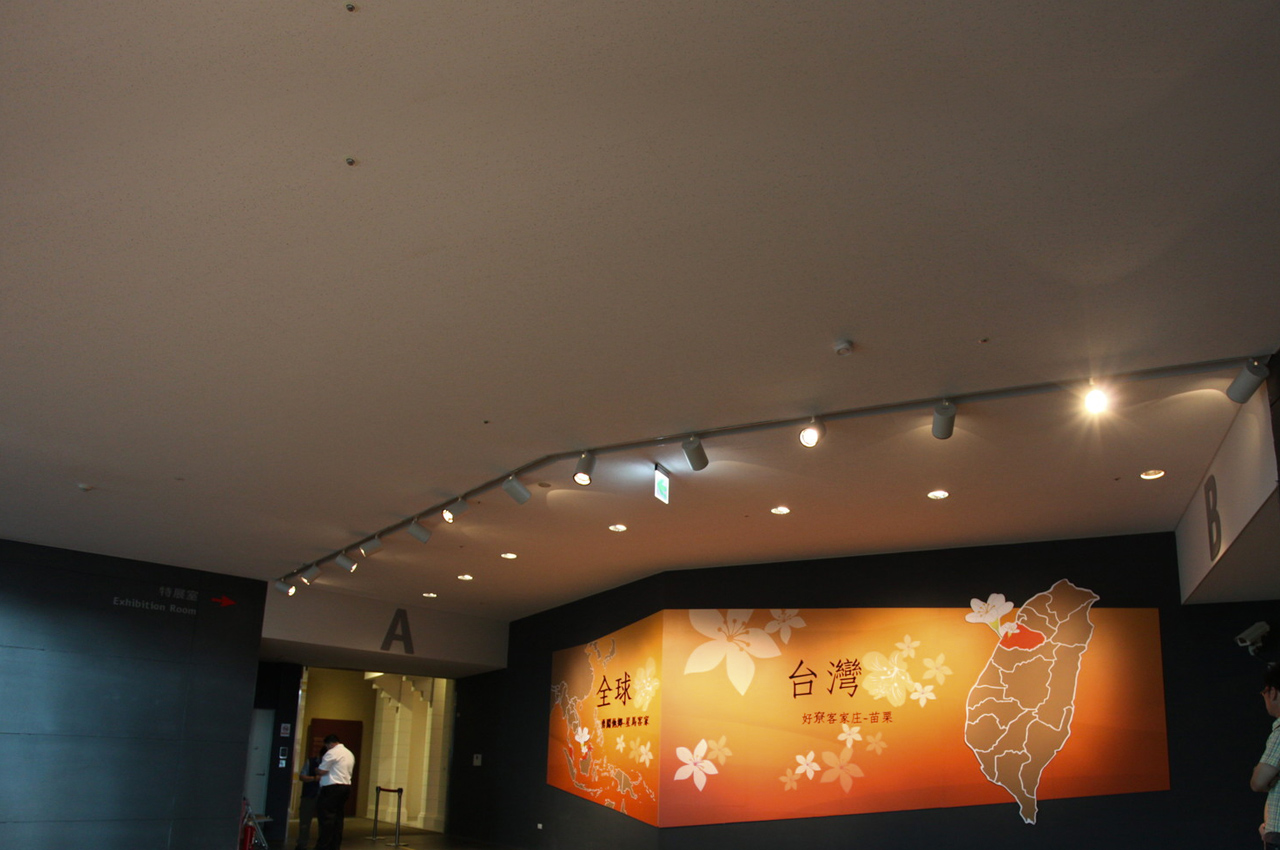Current Exhibition
1st special exhibition room (EVOLVING TAIWANESE)

Time:2023/10/27~2024/8/31
Location:Location: Special exhibition room No. 1, Liugdui Hakka Cultural Park
(No.588, Xinyi Rd., Neipu Township, Pingtung County 91246, Taiwan (R.O.C.))
●EVOLVING TAIWANESE
This exhibition presents historical records, artifacts, and relics left behind by those whose paths intersected with Taiwan, illustrating how a uniquely Taiwanese experience was formed as a product of outside influence, conflict, and integration. By examining the connection between hybridity and ethnic group relations, the exhibit aims to explore greater, interconnected possibilities.
●Encounters and Connections
This section of the exhibition presents two different perspectives—one from the lens of foreign visitors and the other from Taiwanese residents–to examine relations between groups of people in Taiwan. Around the 17th century, written and visual depictions of Taiwan emerged in foreign records. While many documents feature exotic portrayals of those living in Taiwan, others describe how travelers came to the island to trade or colonize, or simply washed up on Taiwan's shores. Remnants of such past contact between Taiwanese residents and foreign visitors can still be found today, for instance, matchlock guns or the Sinkan Manuscripts.
●The Intersecting of Peoples
Similar to the modern concept of the “Four Major Ethnicities”, different rulers throughout history have classified the people of Taiwan into groups such as “Aboriginal people”, “Domesticated Aboriginal people”, “Han Chinese”, “Pingpu Aborigines”, and “Takasagozoku”.
However, regardless of the classification of ethnicity or cultural heritage, there will always be areas of ambiguity that defy definition and require special attention. In addition, the various ethnicities of the Taiwanese people not only changed continuously due to migration and intermarriage, but also due to people seeking a place in society in the narrow cracks and gaps of ruling authority. Changes in authorities and policy also brought about different groups of people and immigrants of different backgrounds, which in turn created a new wave of cultural and social exchanges.
●Cultural Hybridity
Wave after wave of different groups integrating into one whole has led to cultural hybridity in Taiwan, but individual distinctions continue to surface in the form of material objects, routines, or spiritual beliefs. Similarly, the aesthetic senses of artists and craftsmen feature a myriad of cultural elements from different peoples and impacts of mainstream culture from various eras.
●Conversations between Different Peoples
In a multi-ethnic and multi-cultural society, each group should not attempt to claim its uniqueness and pureness in tradition, while at the same time trying to cover up the differences and inequalities within their own group. Groups must recognize and accept their differences to achieve a multifaceted connection with each other. The liberalization and diversification of Taiwanese society in recent years has enabled those who were originally neglected, oppressed, and marginalized to share their opinions and voice their concerns. At the same time, life experiences and cultural values that defy classification also challenge the established rules and social order that many are accustomed to.



